During its first fifty years of operations Transfield's contribution to the arts has enriched and changed for good Australia's cultural landscape.
Page Media:
Transfield’s Sculpture Centre at Seven Hills.
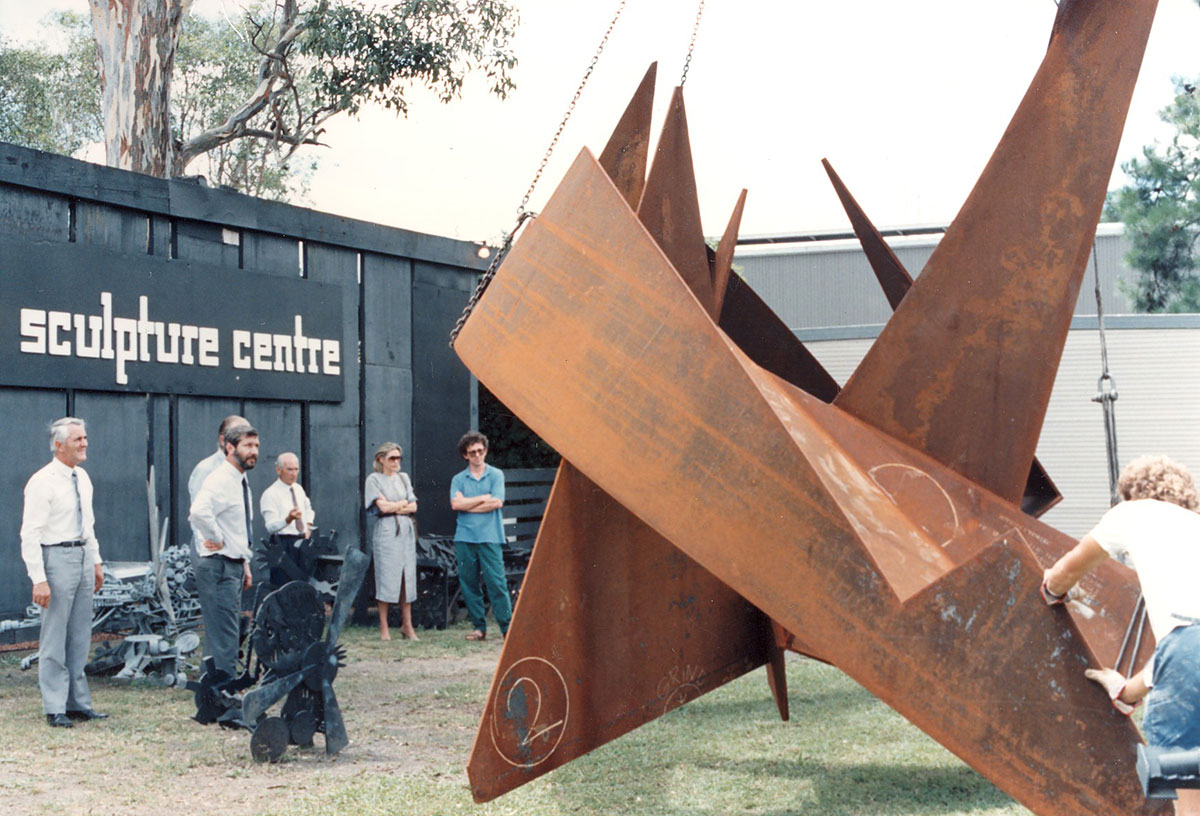
During its first fifty years of operations Transfield's contribution to the arts has enriched and changed for good Australia's cultural landscape.
Page Media:
Transfield’s Sculpture Centre at Seven Hills.
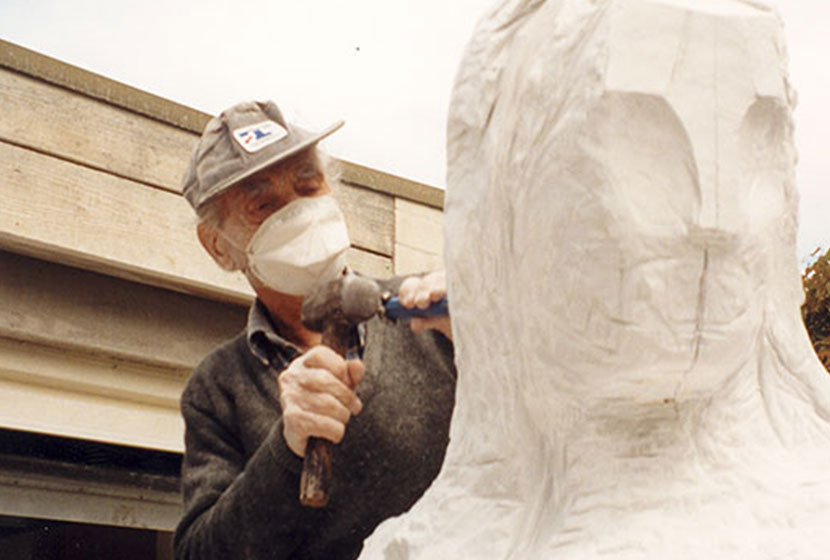
During its first fifty years of operations Transfield's contribution to the arts has enriched and changed for good Australia's cultural landscape.
The arts, as well as engineering, have been an enduring passion for Franco Belgiorno-Nettis. During his childhood in Apulia, he marvelled at the steel works forged by his gifted blacksmith father, Giovanni, and while a young prisoner-of-war in India, he spent his time learning painting from some of his fellow inmates. Even at a late stage of his long life, during the 'Nineties, he expressed his indomitable energy and creativity by casting, assisted by Transfield's cook cum sculptor Gennaro Santucci, the figure of an enormous, eight-metre high horse, Equus Magnus, at his property at Terry Hills, Sydney, and by sculpting stone figures for his tomb at Frenchs Forest Bushland Cemetery.
Page Media:
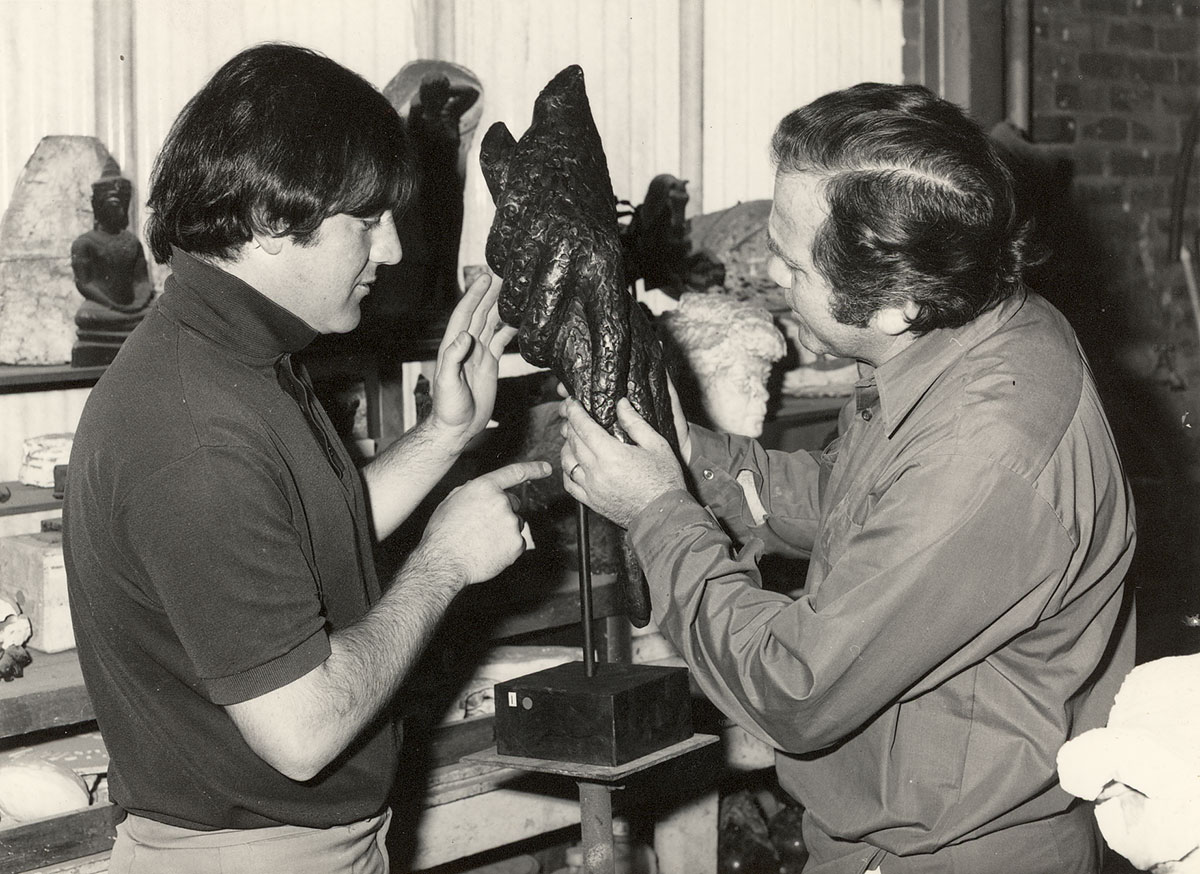
It has always been Franco Belgiorno-Nettis' cherished belief that inventiveness in new art is encouraging innovation in business and industry. He often stated that "artists and engineers have a lot in common: they both have an idea and make it concrete".
Franco also, as he put it, "felt I could be an unofficial ambassador, use Transfield to build a link between Italian and Australian culture".
Page Media:
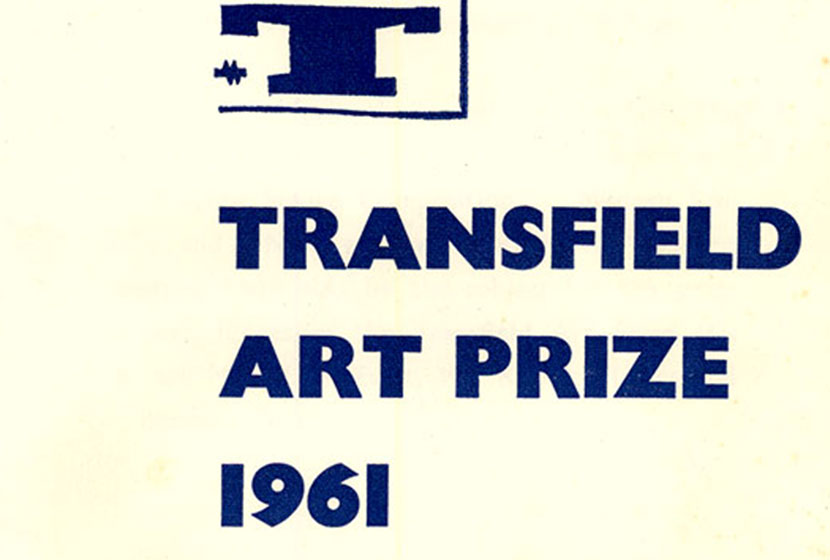
For these reasons, in 1961 the Company launched the Transfield Art Prize, at that time the richest in Australia, at £1,000. The Prize made a significant contribution in developing the wealth of talent among Australian artists, launched some of them to international notoriety, such as Fred Williams, the 1964 winner, and gave Transfield the opportunity to establish close links with the Australian political, financial and business world. The Prize was discontinued in 1971, when Transfield realised that something else could be done in a more meaningful way.
Page Media:

At the same time, in 1963, the company, in association with the Australian Book Review, launched the Australian Book Review-Transfield Book Production Awards, aimed at raising the standard of literary culture and design of quality books in Australia. The £350 Awards were made until 1968.
In June 1968, Transfield established, at a cost of $25,000, the first Australian foundry for sculpture at its Seven Hills factory, making these facilities available to artists at subsidised cost. Franco was particularly fond of his Sculpture Studio, where he cast his own works.
Transfield's widespread involvement in the arts during the 1960s extended to, for example, helping John Kaldor with Christo's Little Bay project: the wrapping of 2.4 kilometres of coastline in Sydney, with one million square feet of fabric.
In January 1970, the company opened its own Art Gallery on the 13th floor of the newly extended Transfield House in North Sydney. It hosted works by the previous winners of the Transfield Art Prize, material held in the Dobell Foundation collection and works acquired by the Company.
Video: Art Critic James Fitzsimmons Comes to Sydney - Christo Installation.

However, it was the establishment of the Biennale of Sydney, in November 1973, that constitutes the most important contribution to Australian and international arts by Transfield. From 1973, when Prime Minister Gough Whitlam officially opened the first Biennale at the newly opened Sydney Opera House until today, Transfield has been the major sponsor of this event. During the span of over 30 years, the company probably invested over $6 million in-kind and cash to the fifteen Biennales. Amongst other contributions, it refurbished the Biennale venues at Pier 2/3 and Bond Store 4, Walsh Bay for three Biennales. It has also provided three Chairmen, including Franco, Guido and Luca Belgiorno-Nettis, the current Chair.
Page Media:
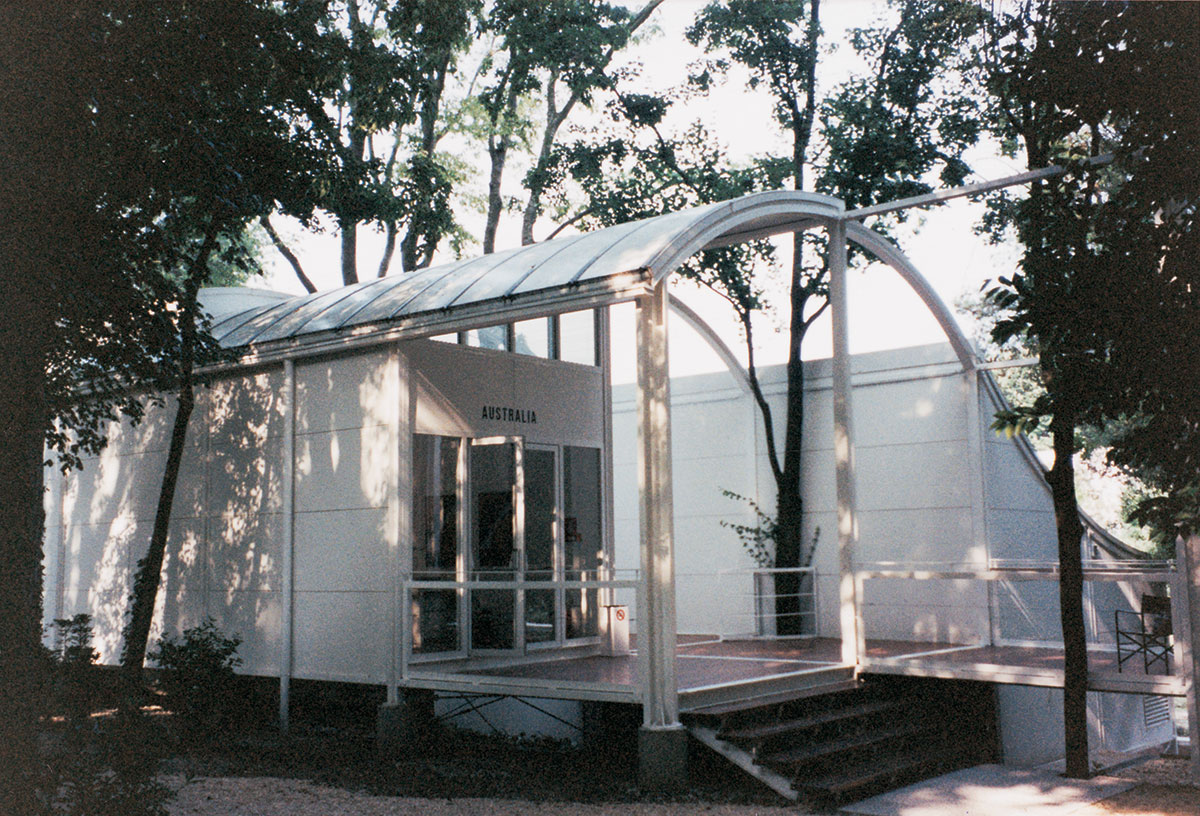
In 1988, Transfield built the Philip Cox-designed Australian Pavilion at the Biennale of Venice, following Franco's successful lobbying the Italian authorities to allow the construction of an Australian venue in that city's Napoleonic Gardens. Federal Industrial Relations Minister Ralph Willis officially opened the $1.5 million pavilion, exhibiting works by painter Arthur Boyd, on 24 June 1988.
Another major initiative took place in 1992, when Transfield, through its associate company Sabemo, undertook the $1.45 million refurbishment of the former Navy's Gunnery School building at Woolloomooloo, Sydney, to provide accommodation for arts organizations, artists and the establishment of a gallery. The NSW Government contributed $400,000 and the lease of the adjacent block of land to Transfield, which funded the remaining cost.
Page Media:
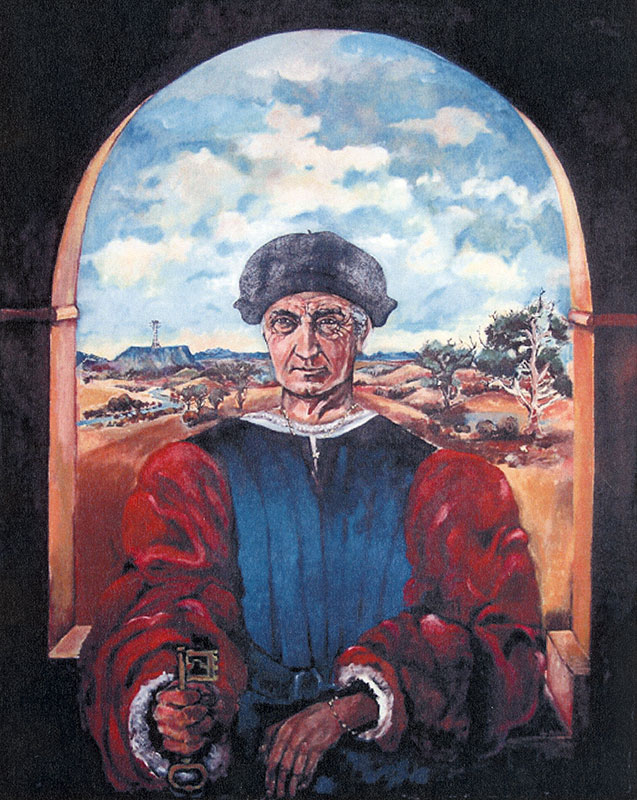
Franco served on the Boards of several arts institutions, such as the Art Gallery of NSW, the Dobell Foundation, Arts Exhibition Australia, the Visual Arts Board of the Australia Council. Marco was the Chairman appointed of the Powerhouse Museum and Guido chairs the Australian Chamber Orchestra.
For his patronage of the arts, Transfield's founder was often eulogistically called an Australian Medici. Perhaps a more fitting description of his character was made in 2002 by journalist Sally Loane, when she said that "the diminutive frame and soft voice belie the power and influence Dr Belgiorno-Nettis has wielded in corporate Australia for 46 years... his sharp mind is honed by a continuing enthusiasm for new art, technology and projects... if engineering drove his head, art drove his heart".
Page Media:
Art Critic Daniel Thomas on 1968 Transfield Art Prize
Jean Battersby on the Transfield Art Prize
Rob Robertson-Swann. Transfield Sculpture Garden
Transfield Art Prize 1968